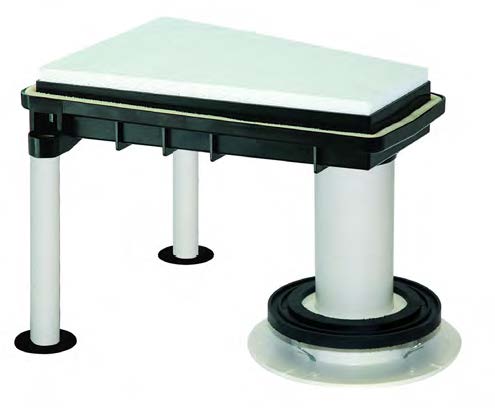Court Is In Session
Power and Combustion, Inc. partnered with Victaulic to minimize disruptions over the course of a nine-month HVAC overhaul, mitigating project risks and increasing onsite productivity while ensuring that the building—a courthouse—remained fully operational throughout construction. In the project’s second phase, Power and Combustion again leveraged Victaulic grooved solutions to enhance installation efficiency while upgrading the building’s mechanical room.
Strategizing for Success
The Robert F. Sweeney District Court in Annapolis, MD, is a four-story courthouse serving Anne Arundel County residents. The 93,400-square-foot building includes six courtrooms, judges’ chambers, and office space for court-related services. Shutting down operations while contractors replaced the building’s aging HVAC system with an energy-efficient, variable air volume (VAV) system was out of the question. Instead, Power and Combustion, a subsidiary of J. F. Fischer, scheduled overnight work hours and made sure work areas appeared untouched and fully functional for courthouse staff once morning came.
“This project was a tall order,” said Jason Fischer, a project manager at Power and Combustion. “We decided early on that we wanted to use grooved pipe-joining because welding in an occupied space is too cumbersome. We didn’t want people smelling welding fumes throughout the building or having the smoke accidentally set off fire alarms.”
Fischer continued, “Having worked with Victaulic in the past, we knew their products could help take some of those risk factors and disturbances out of the jobsite while making us more productive at the end of the day.”
Crews had a short window from 8 p.m. to 6 a.m. to replace VAVs in the overhead ceiling before the courthouse opened for the day. Understanding that every minute could make a difference, Power and Combustion and Victaulic collaborated closely to streamline installation workflows—coordinating every detail from material selection and equipment sizes to delivery times.
“There’s a substantial level of efficiency that we gain when we partner with Victaulic.”
— Jason Fischer, Project Manager, Power and Combustion
Power and Combustion used Victaulic KOIL-KIT™ coil packages to simplify and expedite installation for the more than 100 VAV units it replaced. The preassembled packages reduced field joints and enabled crews to move efficiently from room to room. Victaulic ensured all components were correctly sized and labeled by room to correspond to the proper equipment. Victaulic also shipped bundled materials to arrive onsite early so Power and Combustion could get straight to work each night.
“We knew exactly where each part and piece needed to go. That was really critical to our efficiency and ability to get the work done at night. Once we wrapped up, we knew that the system was installed correctly, so the heat and air conditioning would work without issue,” Fischer said.
With Victaulic’s support, Power and Combustion adeptly managed the project’s time constraints, seamlessly completing the first phase of the project on schedule and without any setbacks. As the mechanical contractor finalized the HVAC scope and shifted focus to the courthouse’s penthouse mechanical room, they trusted Victaulic to continue supporting them in streamlining their work for phase two.

Accelerating Efficiency
For the mechanical room renovation, Power and Combustion crews needed to demolish and replace the building’s two existing chillers, four pumps, and five air handling units. They used a trailer-mounted portable chiller to keep cool water and air flowing through the building. Although the temporary equipment would keep occupants comfortable until work in the mechanical room was completed, Power and Combustion wanted to compress their installation schedule as much as possible. To accomplish this, Power and Combustion combined the efficiency of their own offsite fabrication shop and Victaulic grooved pipe-joining products.
Power and Combustion’s fabrication team used Victaulic couplings, fittings, and valves to create roll-grooved carbon steel spools, ranging in sizes from 10” down. Once delivered to the jobsite, Power and Combustion used a crane to hoist spools, materials, and new equipment to the penthouse, and pipefitters began installation immediately. Grooved mechanical joints can be installed in only a few minutes—five times faster than welded joints and three times faster than flanged joints—by tightening the coupling’s bolts and nuts with a socket wrench or impact wrench.
Coordinated Solutions
Performing any construction work in an occupied space comes with myriad challenges, but the stakes are especially high when disruptions risk interfering with crucial community services like court proceedings. Power and Combustion identified and addressed risk factors upfront, engaging Victaulic early in the project’s lifecycle to coordinate solutions that mitigated schedule risks, eliminated safety concerns, and optimized productivity.
“There’s a substantial level of efficiency that we gain when we partner with Victaulic,” said Fischer. “Between quick-to-install piping connections and KOIL-KITs, alongside not having to worry about welding fumes or coordinating a fire watch in a building filled with people, we had a smooth project on our hands and pleased owners.”
For more information, visit www.victaulic.com.
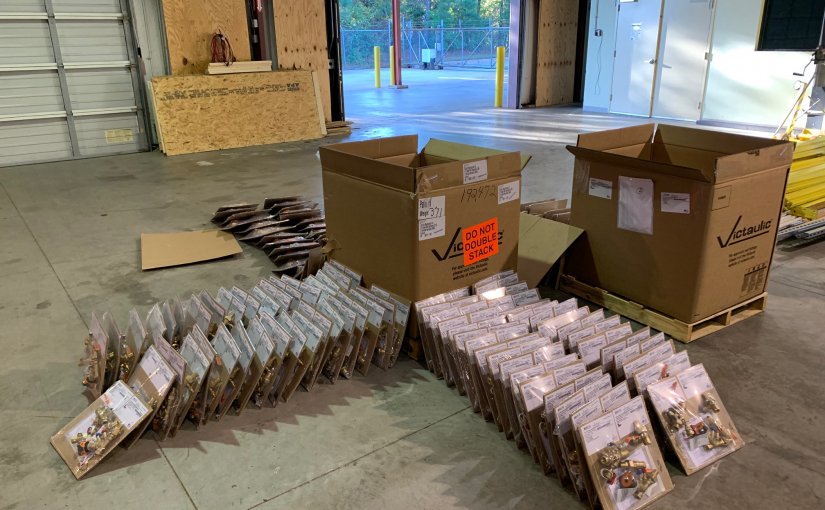


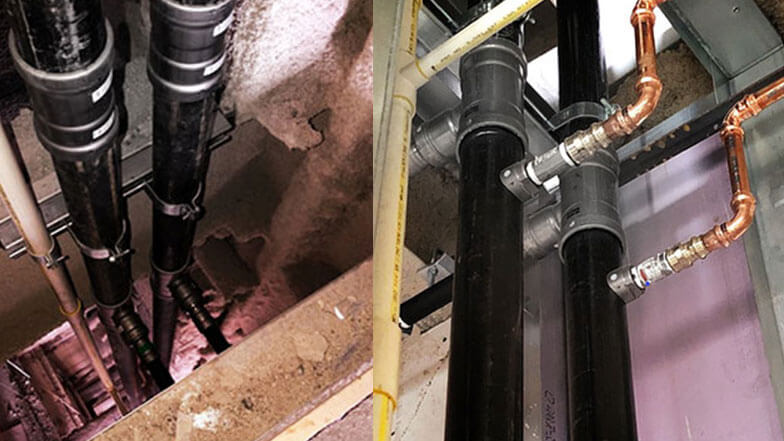















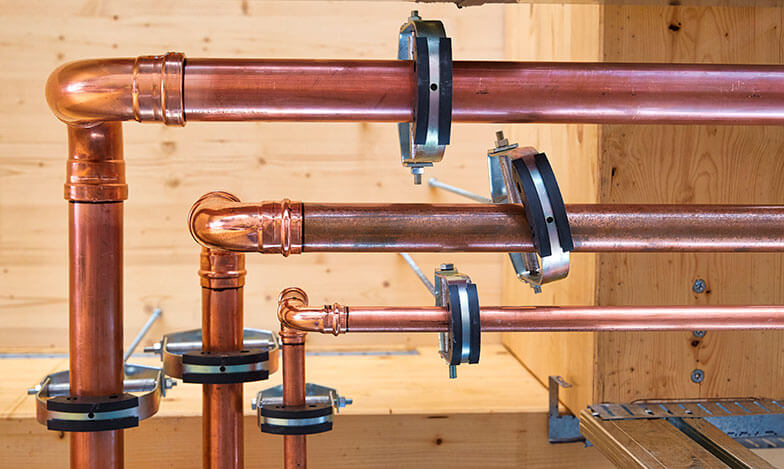



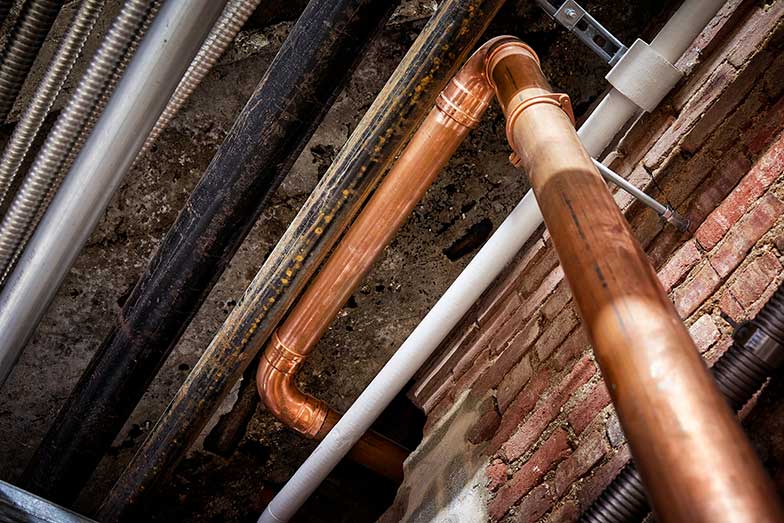
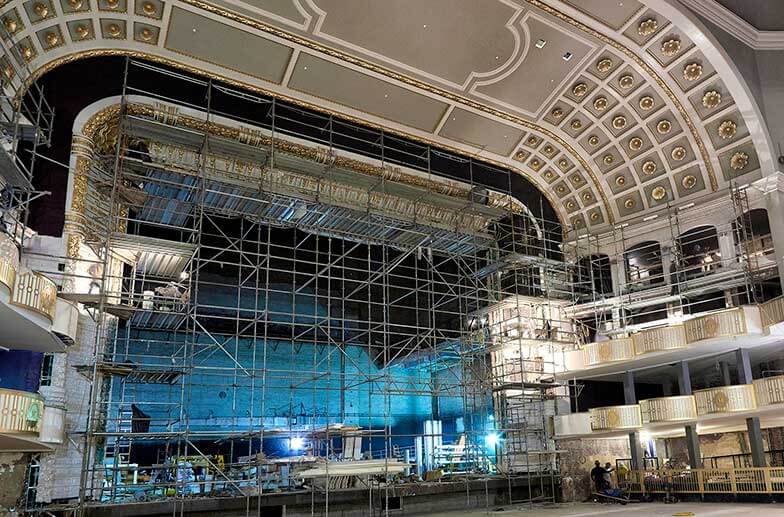




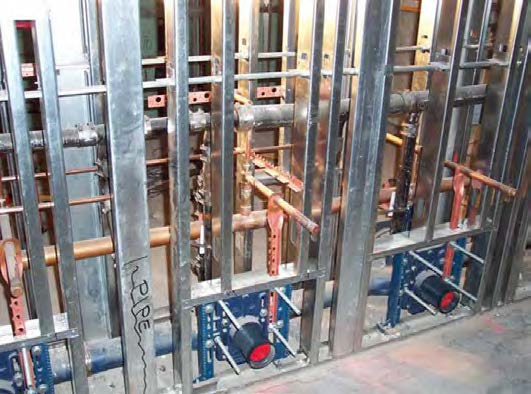
![For supporting domestic water risers and medical gas risers inside the walls for hospital projects, Dynamic Systems depends on HOLDRITE Stout Brackets [shown here], a telescoping galvanized bracket, because their compact design fits perfectly between the studs and within walls.](https://www.mcaa.org/wp-content/uploads/2016/01/page18-bottom.jpg)

